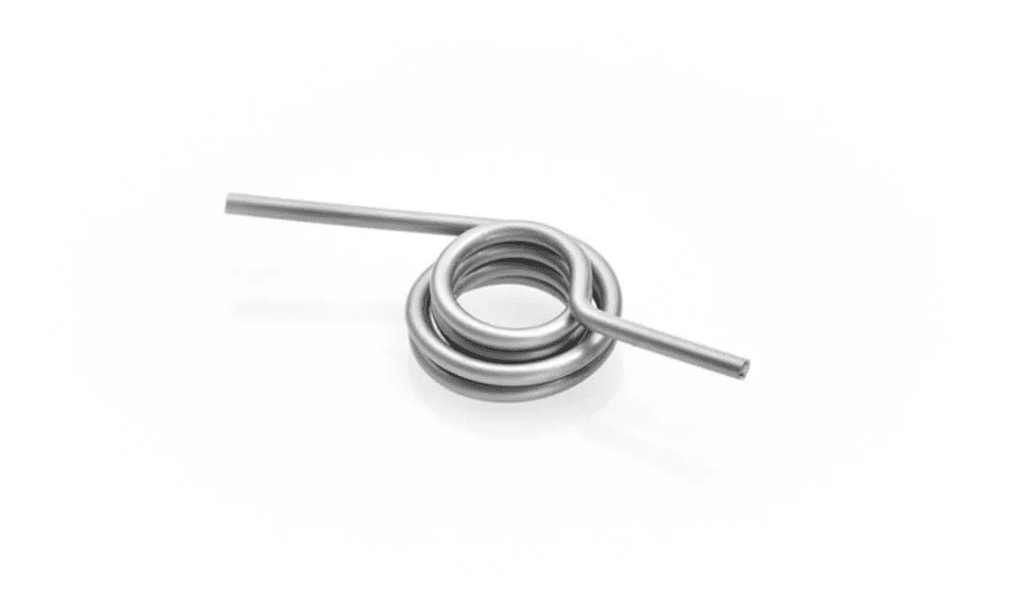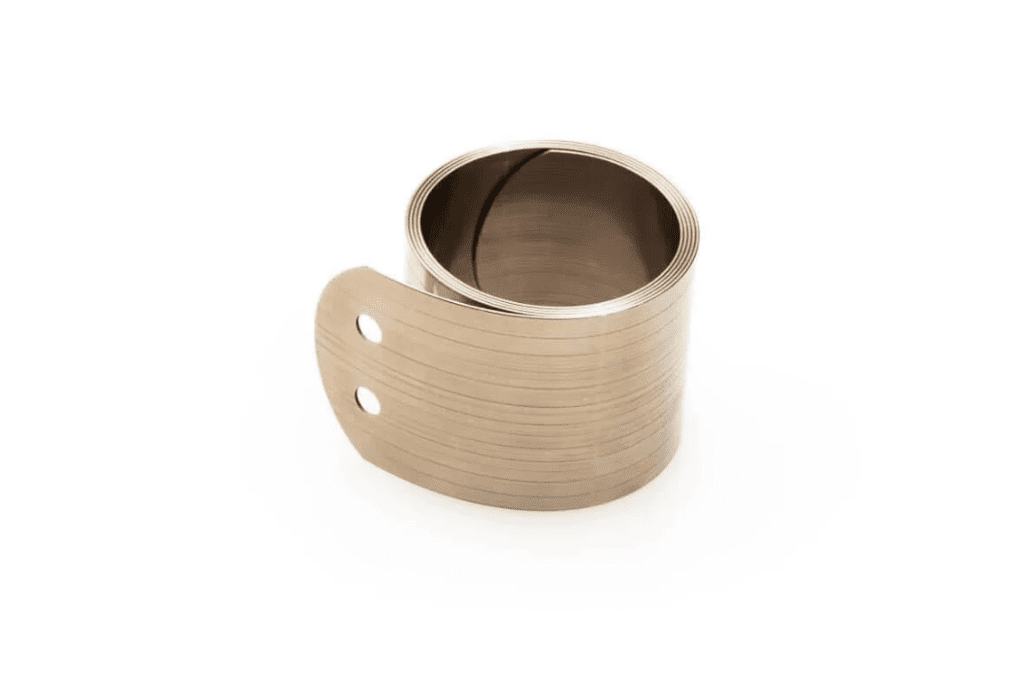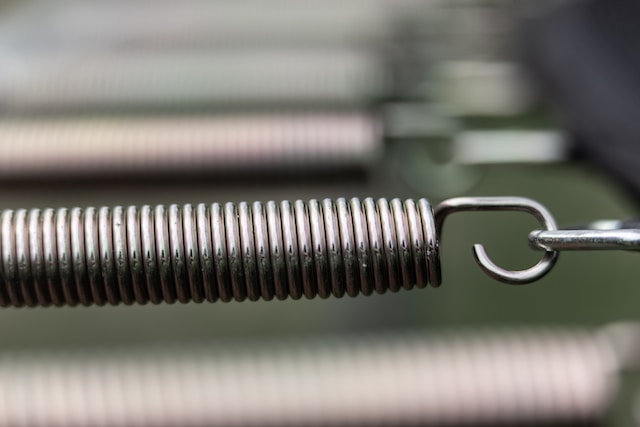How Springs Are Utilised in Various Industries
High-quality springs are an essential component constantly in demand for a broad range of applications. As a result, the varied range of spring designs has been developed over many decades to enable the production of everything from consumer products and electronics to industrial machinery. Below are a few examples of how different industries use various spring designs.

Compression Springs
Compression springs are the most well-known spring design, and they’re usually the first type people will name. A compression spring will compress under force and store the accumulated energy to provide a counterforce. This push-style force works against the applied force to return the spring to its resting position when not under pressure. The average compression spring is the most well-known because it has the most applications out of all spring designs.
Compression wire springs are used in mechanical and electrical equipment for a wide range of purposes, both as internal components and external vibration isolation. For example, gas and oil use compression springs in their valves, and robotics choose compression springs as linear elastic actuators. In addition, trains and cars choose large compression springs for their vehicles’ suspension as they will create a smoother journey.
During our company’s time as motion technology manufacturers, we’ve created high-quality springs for many different purposes, and these are just a few examples of how compression springs are used. Compression springs are known for their helical design made from round wire, which, while working effectively, is not the best design for every application. With the vast number of applications, there are additional compression spring designs to choose from that are better suited.

Wave Springs
Wave springs are a type of compression spring uniquely different from the standard helical design. Manufacturing this design involves abandoning the classic round wire in favour of flat wire. They are called wave springs because this flat wire is shaped into a staggered wave motion, providing the spring with a substantial increase in strength. The unique benefit these springs provide is that they can work under the same conditions as other springs but with a 50% reduction in height. Their compact design is an excellent choice for limited space and weight applications, such as aerospace vehicles, gas and oil machinery and portable medical equipment.

Die Springs
Die springs have some similarities with standard compression springs, they are manufactured in a helical design, but they choose rectangle wire instead of round. Whilst round wire is effective in most cases, choosing rectangular wire is great for springs subjected to unusually high compression forces. The flat-sided nature of the wire prevents any overcompressing that may occur with round wires slipping past each other during severe compression.

Conical Springs
Conical compression springs are another example of why some applications require compression spring designs to be adapted. Also known as tapered springs, they can compress far further than alternative spring designs; the adjacent helical spiral avoids conflict with its adjacent spirals, called nesting. Although consumer products such as electronics and children’s toys use these springs extensively, you can find miniature ones in a device’s cylindrical battery compartments.

Torsion Springs
Torsion springs are a significantly different design from compression springs and can be supplied as either single or double coils. These springs have a helical design that separates them into two protruding arms that connect two other components. As the name suggests, these springs are focused on torsional forces, exerting a rotary force when the attached components are moved. Once the force is removed, the torsion spring will rotate back to a resting position.
Some examples of where torsion springs are applied are road vehicle gear shifters, hospital beds, dental equipment and various agricultural equipment such as tractor ploughs, distributors and sprayers.

Constant Torque Springs
Constant torque springs are versatile springs consisting of a single, wide strip of metal that has been pre-tensioned and shaped into a tightly wound roll. When the spring is pulled, the design resists the loading force extending it at a constant rate and will always try to return to its original resting position. Constant torque springs are counterbalances for door and cable retractors, aerospace machinery components and electrical motors.

Tension Springs
Tension springs are manufactured to resemble compression springs but with the addition of two hoops or hooks and the ends to attach the spring within an application. Despite the similarity to helical compression springs, they have very different purposes.
Tension springs resist being extended and will apply force to return the spring to its retracted resting position. The most common application for these springs is trampolines, but within industries, they have a wide range of applications within manufacturing, farm machinery and motorised access ways.
Premium Irish Spring Suppliers
Metrol Springs Ireland is Irelands leading wire spring supplier, providing strong, durable and reliable springs of varying design and specifications, including the manufacture of our award-winning industrial gas springs and gas struts. Thanks to our international contacts, we have access to a broad range of different spring designs to meet the needs of our clients. Contact us to discuss what springs you need for your next project.

